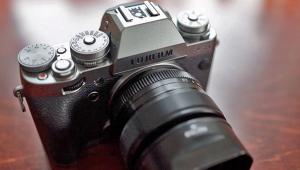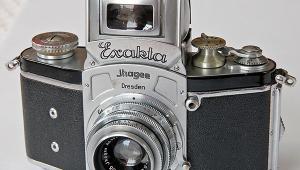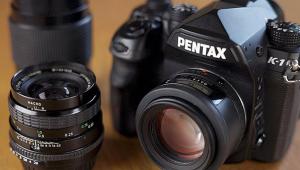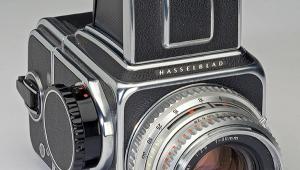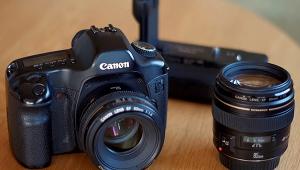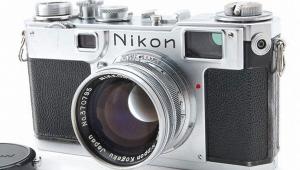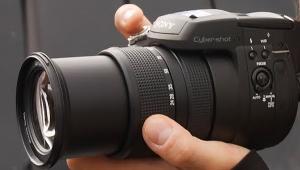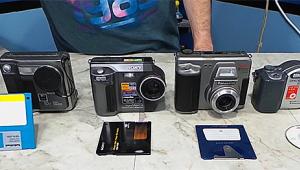Classic Accessories
The Shirley Wellard Universal Cassette
Delightful Labyrinth-Style Doodad
Reloadable labyrinth-style cassettes are nothing new: they were launched with the original Leica when it became clear that darkroom loading and unloading was not going to be outstandingly convenient. This is why a standard load is 36; the original Leica prototype took 50 exposures, but the cassette took up the space of 14 of them. |
|||
It can be used in almost any camera with an opening back and a pull-up rewind knob. The premise is that the rewind knob doesn't seat fully with the cassette in place: it's about 1.5mm (1/16") proud. Push down and twist anticlockwise, and the cassette opens; push down and twist clockwise (the direction of rewinding), and it closes. Admittedly, you have to remember to open and close it, unlike camera-specific cassettes that normally open and close automatically, but equally, it is (as it advertises itself) very nearly "universal." |
|||
Materials are widely varied: deep-drawn brass, die-cast light alloy, spring steel, turned brass, parted-off extrusions, and quite possibly more for all I know. Finishes are equally varied: chemically blacked brass, unplated brass, plated brass, blued steel, and black paint on light alloy. It's a delight. |
|||
This is a Type C (I think the earlier types had fewer adjustments). In England, in 1955, it cost just under two pounds, or $5.50 at the rate of the day. Adjustments for inflation are always suspect, but if you called it 10x as much you'd probably be understating and 20x might not be unrealistic. Thanks to Tim Goldsmith of Monark Price Guide (www.cameravalues.com) for help in establishing fair prices. |
- Log in or register to post comments




